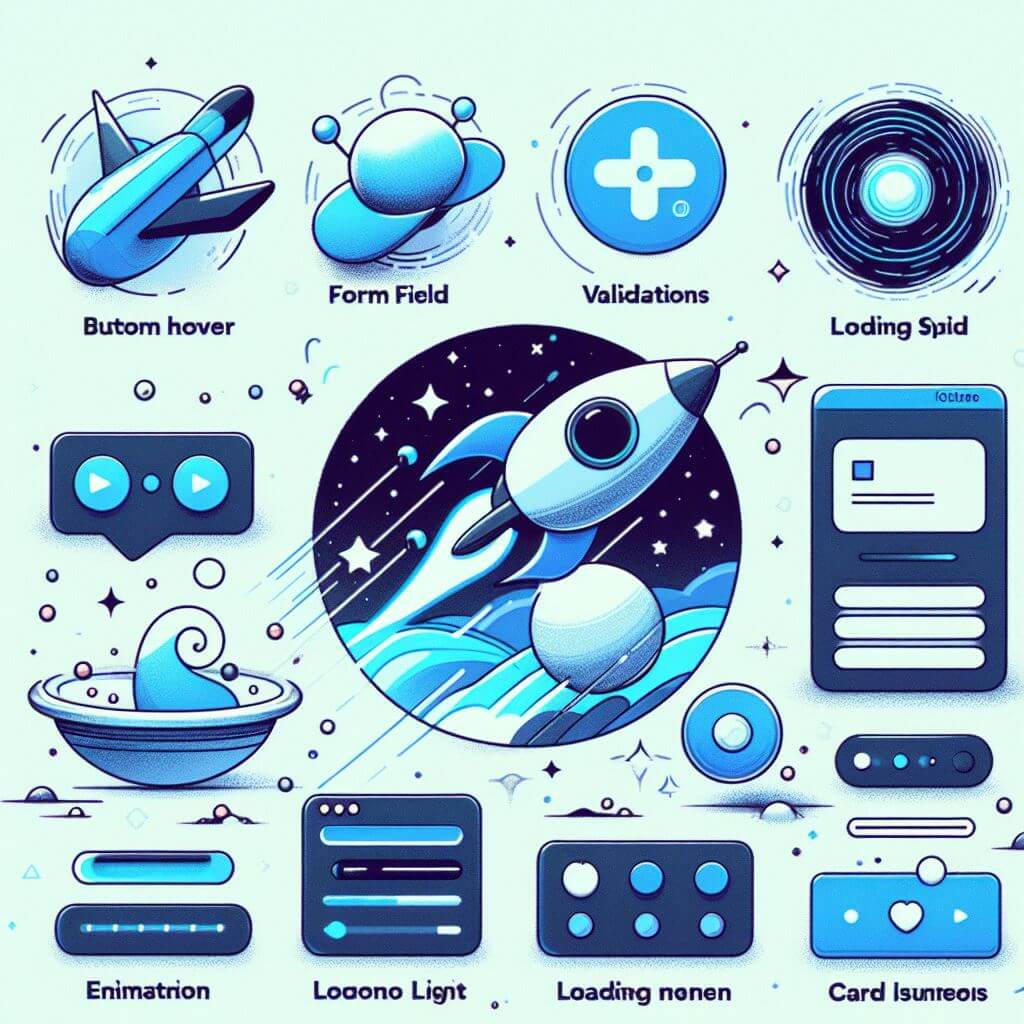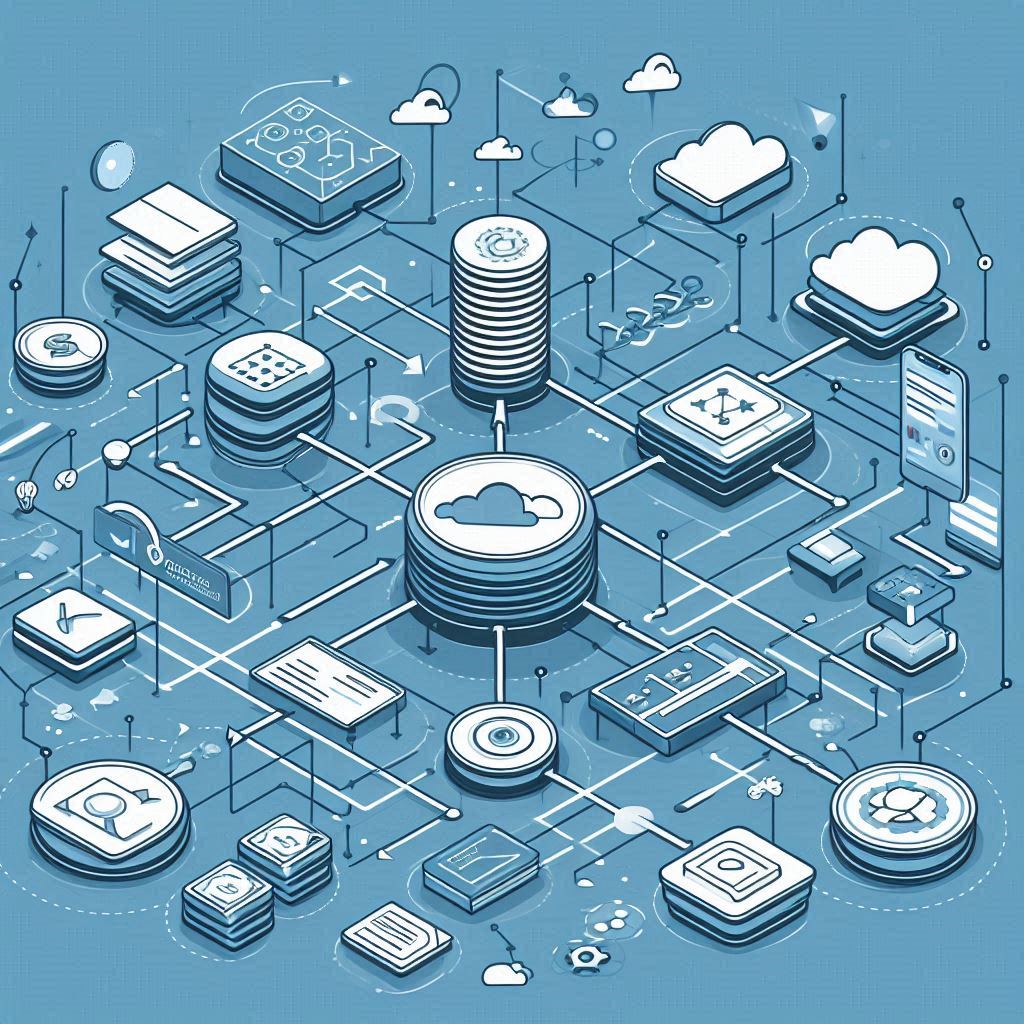Exploring Web Components and Shadow DOM

Web Components: An Overview Web Components consist of standardized APIs that enable developers to create custom, reusable HTML tags. These tags encapsulate both functionality and styles away from the global scope, offering significant benefits in terms of code management. The core technologies that make up Web Components include Custom Elements, the Shadow DOM, and ES […]
Understanding Ethical Considerations in Web Scraping

Web scraping, the process of automatically extracting information from websites, has become increasingly prevalent. However, this practice raises significant ethical questions about data privacy, terms of service compliance, and responsible data usage. Developers and businesses must navigate these considerations carefully to avoid legal repercussions and maintain trust. Data Privacy: A Fundamental Concern Data privacy stands […]
Web App Monetization Strategies: Generating Revenue from Your Application

Freemium Models for Web App Monetization Freemium models have emerged as one of the most effective strategies for web app monet. This approach allows users to access basic features of the application for free offering premium features for a fee. The key advantage of the freemium model is that it casts a wide net, attracting […]
Building Secure Authentication Systems for Web Applications

Multi-Factor Authentication (MFA) Multi-Factor Authentication (MFA) is increasingly becoming a cornerstone in developing secure web applications. Traditional single-factor authentication methods, which rely solely on passwords, are proving insufficient in protecting sensitive information from sophisticated cyber threats. MFA significantly bolsters security by requiring multiple forms of verification before granting access, thereby creating a multi-layered defense mechanism. […]
Web App Localization Strategies: Reaching Global Audiences Effectively

Understanding Localization and Internationalization Localization refers to the process of adapting a web application for a specific region or language by translating text and modifying functional elements to cater to local preferences. This includes adapting dates, currencies, units of measurement, and ensuring cultural relevance in content and visuals. Internationalization (i18n) lays the groundwork for easier […]
User-Centric Design Principles for Web Applications

Understanding User-Centric Design User-centric design revolves around the principle of designing products and services based on the understanding of users’ behaviors, needs, and goals. The process starts with empathizing with users to understand their needs, followed by clearly defining their challenges, brainstorming potential solutions, creating prototypes, and conducting iterative testing to refine the design. This […]
Cloud-Native Development: Building Scalable and Resilient Web Applications

Principles of Cloud-Native Development Cloud-native development is an approach to building and running applications that takes full advantage of the cloud computing model. It encompasses practices such as containerization, microservices architecture, and automated scaling. These principles ensure that web applications are scalable, resilient, and capable of rapid iteration. Containerization Containerization is a key principle of […]
Web Applications in Virtual Worlds

Understanding the Metaverse The metaverse is a collective virtual shared space, formed by the merging of augmented physical reality and enduring virtual environments.This concept is characterized by a highly immersive environment where users can interact with a computer-generated ecosystem and other users in real time. Essentially, the metaverse is an extension of our digital lives, […]
Mastering Microinteractions in Web Apps

Understanding Microinteractions Microinteractions, often overlooked in the grand scheme of web app design, are the unsung heroes that can make or break user experiences. Let’s delve deeper into what microinteractions are and why they matter so much. Microinteractions are the tiny details that make up the fabric of user interaction within web applications. They are […]
Microservices Architecture in Web Development

The evolution of web development has pivoted towards creating more resilient, scalable, and flexible applications. This change is largely attributed to the adoption of microservices architecture, a design approach that fundamentally reimagines the construction and deployment of web applications. Instead of relying on a single, monolithic framework, microservices architecture advocates for breaking down applications into […]